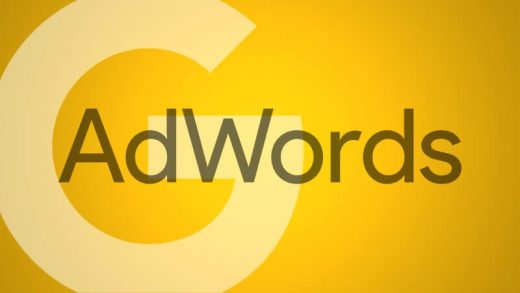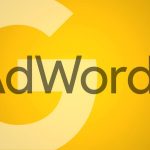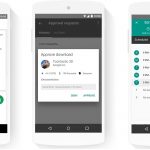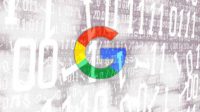What you learn from talking with Google’s largest advertisers all day, every day
The world’s largest advertisers routinely visit the Google campus to talk strategy. Columnist Matt Lawson sits down with Google’s Chief Search Evangelist for some top insights from those meetings.
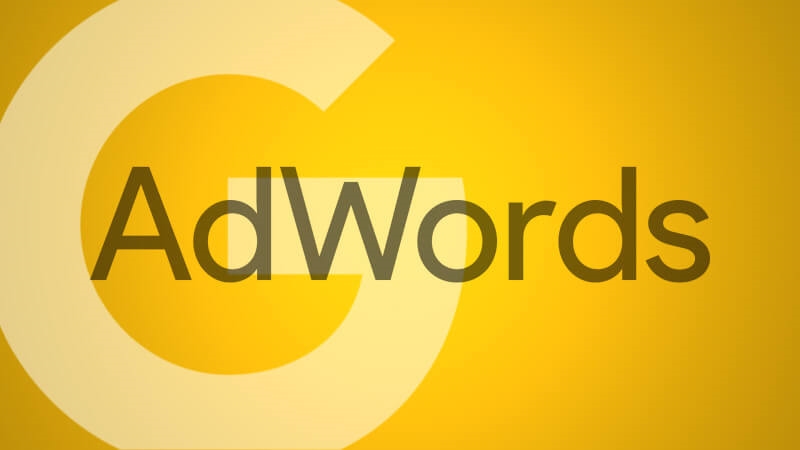
There’s a position at Google called “Chief Search Evangelist.” It’s evolved in the years since Fred Vallaeys filled that role, now focusing on meeting with our advertisers in person when they come to visit Google on-site. I think my job is pretty cool, but I must admit that the idea of talking search ads day-in, day-out with people at the cutting edge of their craft makes me more than a bit jealous. Nicolas Darveau-Garneau, who currently fills the role of Chief Search Evangelist, is the man whose job turns me a light shade of green with professional envy.
I learn so much every time I talk with Nick, so I thought it would be fun to sit him down and pick his brain about all of those meetings he gets to have. Here’s an edited transcript of the wide-ranging conversation we had recently about automation, growth, keywords and more.

Nicolas Darveau-Garneau, Chief Search Evangelist at Google
Lawson: What are the biggest trends that you’ve noticed when talking with top AdWords marketers?
Nick Darveau-Garneau (NDG): The best in the business have really figured out how to use automation and machine learning. Managing a search campaign should be partially automated these days, and there’s so much value you can unlock when you’re strategic about using automation. I’ve seen the most success here when people have a clear strategy, focusing on user experience and personalized marketing. Then they leave a lot of the detailed stuff to automation.
I consider this setup to be “semi-automated marketing.” Set the right KPIs, then let the machines do most of the work. You don’t need to worry about the results of individual tactics or specific keywords anymore. In fact, I see automated tools like Dynamic Search Campaigns and Smart Bidding largely outperforming manual optimizations.
Lawson: Semi-automated marketing. I like that. What does that look like in practice?
NDG: A lot of it is straightforward work that I already imagine people are doing. Smart Bidding (Target CPA and Target ROAS, in particular), Data-Driven Attribution, Dynamic Search Ads. And they work well together, so use them all.
I’ve also seen plenty of companies have success by buying into automation with their ads. The faster people realize that ad testing is a thing of the past, the better off they’ll be. Optimize your ad rotation, enable as many extensions as you can, and add a bunch of ads to your ad groups. Using optimized rotation uses the most appealing ad at the time of each auction, for each individual customer. I know you wrote about this recently on Search Engine Land, so just add that link and tell people to read it.
Bottom line: Use the entire search machine learning stack together.
Lawson: One of the more controversial things I’ve heard you talk about before is keyword selection. What’s your preferred method?
NDG: I don’t think my opinion should even be considered controversial. Once you believe in machine learning like I do, I think it’s easy to believe in this. And it’s simple, really: Buy all the relevant keywords.
Lawson: All of them?
NDG: Yep. All of them. Look, there’s no need to carefully select our keywords anymore. The machine will automatically figure out which of those work for us. I mean, when you’re using Smart Bidding, you’re already setting bids on a query-by-query basis. If that query sees OK performance, the algorithm will set OK bids. If that query works great, you’ll set very competitive bids. And if one query doesn’t work that often, the bids will be set accordingly. That even includes cases where your bids are so low as to effectively pause that keyword. If things change, think [about] your conversion rates or even the competition on that keyword/query, then you’re eligible to try out that auction again.
Some advertisers are also being more aggressive and use a lot more broad match because Smart Bidding sets bids at the query level, not the ad group level.
Lawson: And Smart Bidding isn’t the only tool to use with your keywords. You’re a big believer in audience targeting, too, right?
NDG: Oh, absolutely. It works really well. You want to power all of that bidding with your most important audience signals. Smart Bidding considers your audience lists, so feed those lists into your campaigns. You can stop worrying about bid modifiers, as Smart Bidding looks at audience along with a ton of other stuff. Just like ad testing is outdated, audience bid adjustments are irrelevant if you’re using Smart Bidding.
Lawson: There’s that semi-automated marketing again. As people get used to handing some control over to the machine, what are the things they should pay special attention to?
NDG: I mentioned the strategic stuff like customer experience already, and that’s incredibly important. Really focus on improving the customer experience. The most successful advertisers have high conversion rates relative to their competitors. Stay ahead of the pack by using tools like AMP for AdWords, parallel tracking, one-click signup and one-click buy. The better your conversion rate, the higher your ceiling as a marketer.
Something else I think is important is KPIs. One of the key issues that differentiates top advertisers is the KPIs they select. It’s almost like an evolutionary scale. You might start with doing what you can on a fixed budget, then you graduate to a CPA target, then you evolve to a sales ROAS and eventually a profit-margin ROAS. And the ideal final state is cash flow based on lifetime value.
Once you’ve got the right KPIs in place, and once you’re measuring those KPIs effectively, there’s really no limit to what you can do.
Lawson: You mentioned measuring KPIs effectively. What does that look like?
NDG: It’s about data. The best way to improve your account is to understand its performance as fully as possible, so share data with your agencies and platforms as much as possible. Smart Bidding gets better as it understands the value and life cycle of your conversions as completely as possible.
Many advertisers start with simple conversion data, and from there they evolve to revenue-based conversions. And that’s true even if you’re selling something with a long sales cycle. The next level up involves sharing your margin-per-conversion. Revenue is great, but revenue doesn’t consider your bottom line. You want to be as profitable as possible, which is why I love when advertisers talk to us about margin. Finally, the cream of the measurement crop has started forecasting lifetime value of their customers. With those forecasts, they can optimize toward profitability farther out in the future than that one short-term sale.
Lawson: I know you’ve talked about profitability with customers a whole lot in the past. What’s the focus of those conversations?
NDG: It’s growth. Focus on growth. Don’t obsess over a low CPA or a high ROAS. Look at your business as a whole and see if you’re more profitable today than you were yesterday. Think of it this way: You can get 10 conversions at a $10 CPA, or you can get 15 conversions at a $20 CPA. You might be making more money at the higher CPA. Can we add a chart to this interview? Is that possible? (Note: here’s a re-creation of what NDG drew on the board.)
| CPA | Conversions | Marketing Cost | Margin (@$50/conv.) | Profit | |
| CPA goal | $10 | 10 | $100 | $500 | $400 |
| Profit goal | $20 | 15 | $300 | $750 | $450 |
This is a super simple example, but for me, I take the second option every time. It’s only $50 more profit. But if you’re not willing to take that $50, you need to change your approach. Because once you get that extra $50, you’ll get into the mentality of how to get the next $50. And the next and the next.
Lawson: That makes sense, but not every conversion is worth the same. How do you think about that?
NDG: That’s when forecasting LTV (lifetime value) comes into play. Companies who can forecast the LTV of each customer they acquire at or near the time of acquisition significantly outperform their peers. Imagine being able to forecast the three-to-five-year cash flow of every new customer you acquire with good accuracy and setting your marketing KPI for customer acquisition as a percentage of that profitability. You’ll be investing something like $100 to acquire a customer worth $1,000 and $300 for a customer worth $3,000. By bidding higher for better customers, these advertisers get a much higher percentage of these top customers.
Lawson: I know you’ve got to take off to a summit. Any parting words for anybody who reads this?
NDG: Relax. Once you get comfortable navigating the world of semi-automation, you have to resist the temptation to micromanage. Hundreds or even thousands of small decisions were just removed from your plate, so you now have more time to think about the big, important items. Strategy, user experience, how to focus on being a marketer.
[Article on Search Engine Land.]
Opinions expressed in this article are those of the guest author and not necessarily Marketing Land. Staff authors are listed here.
Marketing Land – Internet Marketing News, Strategies & Tips
(39)

